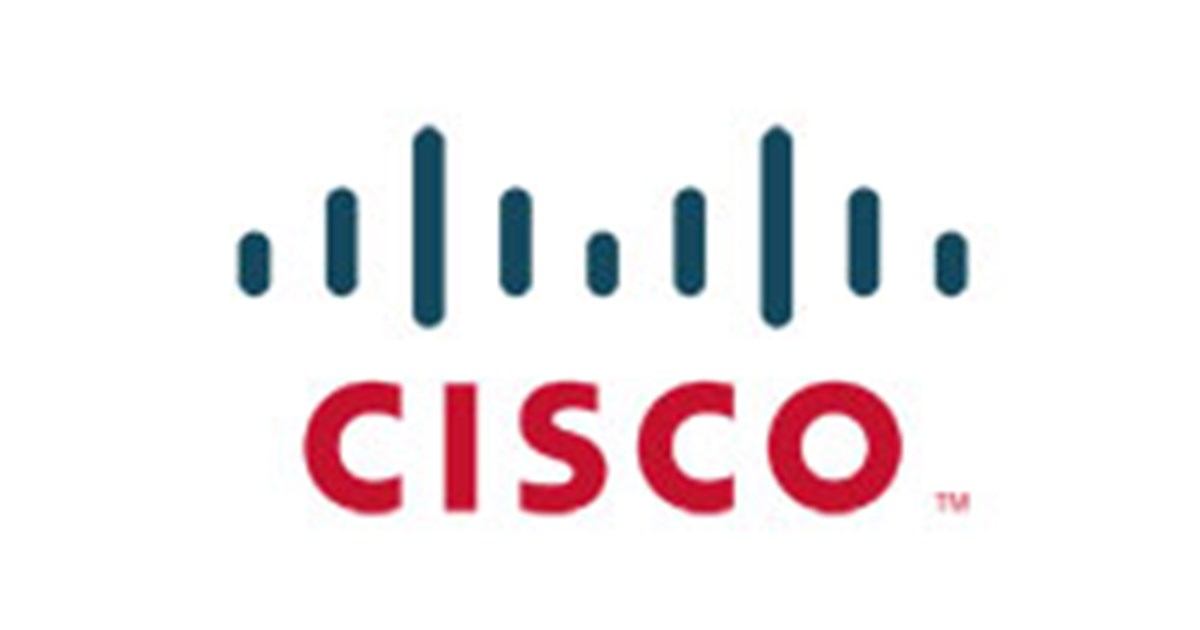Papers & Reports

The Us Dollar and the Effectiveness of Us Trade Policy
This article examines the impact of the 2018–2019 U.S.-China trade conflict on exchange rates and trade prices, highlighting how the appreciation of the U.S. dollar (USD) influenced Chinese export pricing. The study finds that Chinese exporters significantly lowered their prices in response to the USD appreciation, effectively offsetting much of the impact of U.S. tariff hikes on post-tariff import prices. This effect was particularly pronounced for intermediate goods, which constitute a major share of Chinese exports to the U.S. The findings suggest that if U.S. trade policy itself contributed to the USD appreciation, it may have had self-defeating consequences, as the tariff-induced price increases were largely neutralized by Chinese price reductions.

Evolving Networks: Information Exchange's Reshaping of Global Finance
This article challenges the common perception of international financial centers (IFCs), often labeled as "tax havens," as facilitators of tax evasion and money laundering. Through an extensive analysis of tax treaties, regulatory statutes, and historical literature, it examines the evolution of the global information exchange network and its role in integrating IFCs into the global financial system while restricting their use for illicit activities. The expansion of Mutual Legal Assistance Treaties (MLATs), Tax Information Exchange Agreements (TIEAs), and the OECD's Common Reporting Standard (CRS) has significantly reduced financial secrecy worldwide. The article also highlights regulatory transformations within IFCs, including the development of licensing systems, independent regulatory bodies, and compliance-driven practices. It argues that reputable IFCs now function as compliant financial hubs, much like larger onshore financial centers, rather than as enablers of misconduct. This nuanced perspective suggests that while the global financial system remains imperfect, it has made significant strides in limiting financial opacity and increasing international cooperation. Today, tax authorities have access to offshore account information through multiple established channels, including CRS-mandated annual financial account exchanges and bilateral tax treaties, ensuring greater transparency and accountability.

Does Anti-Tax Avoidance Regulation Curb Industry Concentration?
This article examines whether anti-tax avoidance regulations help reduce industry concentration by leveling the playing field between large and small firms. Using administrative data and analyzing the implementation of such regulations across 17 European countries, the study finds that while these rules successfully reduce tax avoidance, they have no significant impact—statistically or economically—on industry concentration. Robustness checks confirm that the lack of effect is genuine, rather than a result of insufficient statistical power. The study further explains that this outcome arises because anti-tax avoidance measures reduce tax benefits for both industry leaders and their competitors equally, limiting their influence on market structure. These findings challenge the claim that broad-based tax avoidance policies can meaningfully alter industry concentration dynamics.

Trade Policy Uncertainty and Inflation Tax Dynamics: Is the 'Most Beautiful Word' a Tax in Disguise?
This article investigates whether trade policy uncertainty (TPU) erodes consumers' purchasing power by employing a TPU-augmented structural New Keynesian Phillips Curve model and analyzing panel data from 44 countries (1995–2020). Using tariff overhang and news-based trade uncertainty as TPU metrics, the study finds that higher TPU significantly increases inflation tax, with a one log unit increase in tariff overhang raising inflation tax by 4%–6%. The impact is particularly pronounced in import-dependent economies, where rising import prices amplify inflationary pressures. The study also highlights that exchange rate adjustments can mitigate TPU’s inflationary effects under certain conditions, illustrating the interplay between trade and monetary policy. Ultimately, the findings suggest that TPU's effect on inflation tax is shaped by exchange rate volatility, import prices, and their interaction, emphasizing the need for integrated trade and monetary policies to protect consumers' purchasing power.

Amount B comes to the United States
This article examines the adoption of Amount B of Pillar One from the OECD’s Two-Pillar framework for international tax reform within U.S. tax law. While the U.S. actively participated in the negotiations, it has not fully incorporated most aspects of the framework. However, the IRS recently issued guidance permitting U.S. taxpayers to apply Amount B, a simplified transfer pricing method aimed at standardizing return calculations for baseline marketing and distribution activities. The paper presents a discussion of Amount B to be included in the treatise Fundamentals of U.S. International Taxation by Boris I. Bittker & Lawrence Lokken, analyzing its implications for U.S. taxpayers and international tax compliance.

Developing Countries, Tax Treaty Shopping and the Global Minimum Tax
This article analyzes the international network of double tax treaties and its potential for enabling tax avoidance, particularly through treaty shopping. While developing countries are not universally more vulnerable to revenue losses, certain nations—such as Bangladesh, Egypt, Indonesia, Kenya, Uganda, and Zambia—face significant risks of withholding tax erosion. Using an algorithm from network theory, the study models how multinational enterprises exploit tax treaties to minimize their liabilities. It introduces the concept of "potentially aggressive tax treaties," which serve as key conduits for treaty shopping and revenue losses. The article also highlights how treaty partners can counteract the effects of tax incentives offered by developing countries by imposing top-up taxes, thereby undermining the intended benefits of these incentives.

Anticipating Trade Turbulence: Assessing the Economic Impacts of President Trump’s Proposed Tariff Scenarios
This article analyzes the economic impact of President Donald Trump’s proposed tariff policies in a potential second term, using a multi-region, multi-sector, open-economy applied general equilibrium model to assess six tariff scenarios involving China, Canada, Mexico, and the rest of the world. The study examines bilateral trade flows, sectoral output, real GDP, and economic welfare, finding that the proposed tariffs would disrupt global trade and generally produce negative economic effects for both the U.S. and its trading partners. In a trade war scenario, Canada and Mexico would face the greatest welfare losses, while China would also suffer but could benefit from U.S. tariffs on Mexico and Canada. The U.S. would experience mixed welfare effects, with smaller overall impacts depending on the specific tariff scenario. The findings underscore the potential risks of protectionist trade policies and their broader implications for global economic stability.

Navigating Tariff Risks: Stockpiling, Sourcing Diversification, or Responsive Pricing?
This article examines the resurgence of tariffs as a trade policy tool and their impact on global supply chains, focusing on how firms manage tariff risks through mitigation and contingency strategies. Mitigation strategies, such as stockpiling and sourcing diversification, proactively hedge against tariff risks, while contingency strategies, like responsive pricing, react once tariffs take effect. The study presents an analytical framework showing that tariffs consistently increase market prices, though price hikes are more pronounced under contingency strategies. As tariff risks grow or competition intensifies, firms tend to shift from reactive to proactive strategies, with partial mitigation emerging as a cost-effective approach when tariff rates are uncertain. Over time, sourcing diversification proves more sustainable than stockpiling, especially for prolonged tariff periods. The article provides key managerial and policy insights, advising firms to align strategies with tariff characteristics, favoring sourcing diversification for long-term resilience and responsive pricing for low-probability or low-rate tariffs. For policymakers, the findings underscore how mitigation strategies protect consumers from sharp price increases but also drive structural shifts in global supply chains.

BRIEFING PAPER: TOWARDS A PROTOCOL ON TAXING CROSS-BORDER SERVICES
This briefing paper examines the taxation challenges posed by the rise of cross-border services in an increasingly globalized and digital economy. Traditional tax rules, based on physical presence, fail to account for the borderless nature of modern service provision, leading to loopholes and tax avoidance. The paper discusses how these challenges have gained prominence in international tax reform efforts, including the G20/OECD BEPS initiatives and the push for a UN Tax Convention. It argues for a dedicated protocol to govern the taxation of cross-border services, identifying key gaps in existing tax frameworks and proposing core features for a prospective UN-led solution.

TAXING CORPORATE PAYOUTS
This article critiques the current U.S. system for taxing corporate distributions, highlighting its complexity, bias favoring buybacks over dividends, and opportunities for tax sheltering. Despite repeated reform efforts, the system remains flawed. The authors propose a "distributions tax impossibility theorem," demonstrating that no tax regime can equally treat buybacks and dividends while taxing capital gains on realization under current legal assumptions. They suggest two reforms to address these issues: repealing classification rules so that payout forms dictate tax treatment, and treating all dividends as partial sales, building on Ethan Yale’s 2009 proposal. These reforms aim to neutralize the tax bias between buybacks and dividends, simplify the system, and minimize sheltering opportunities.


































